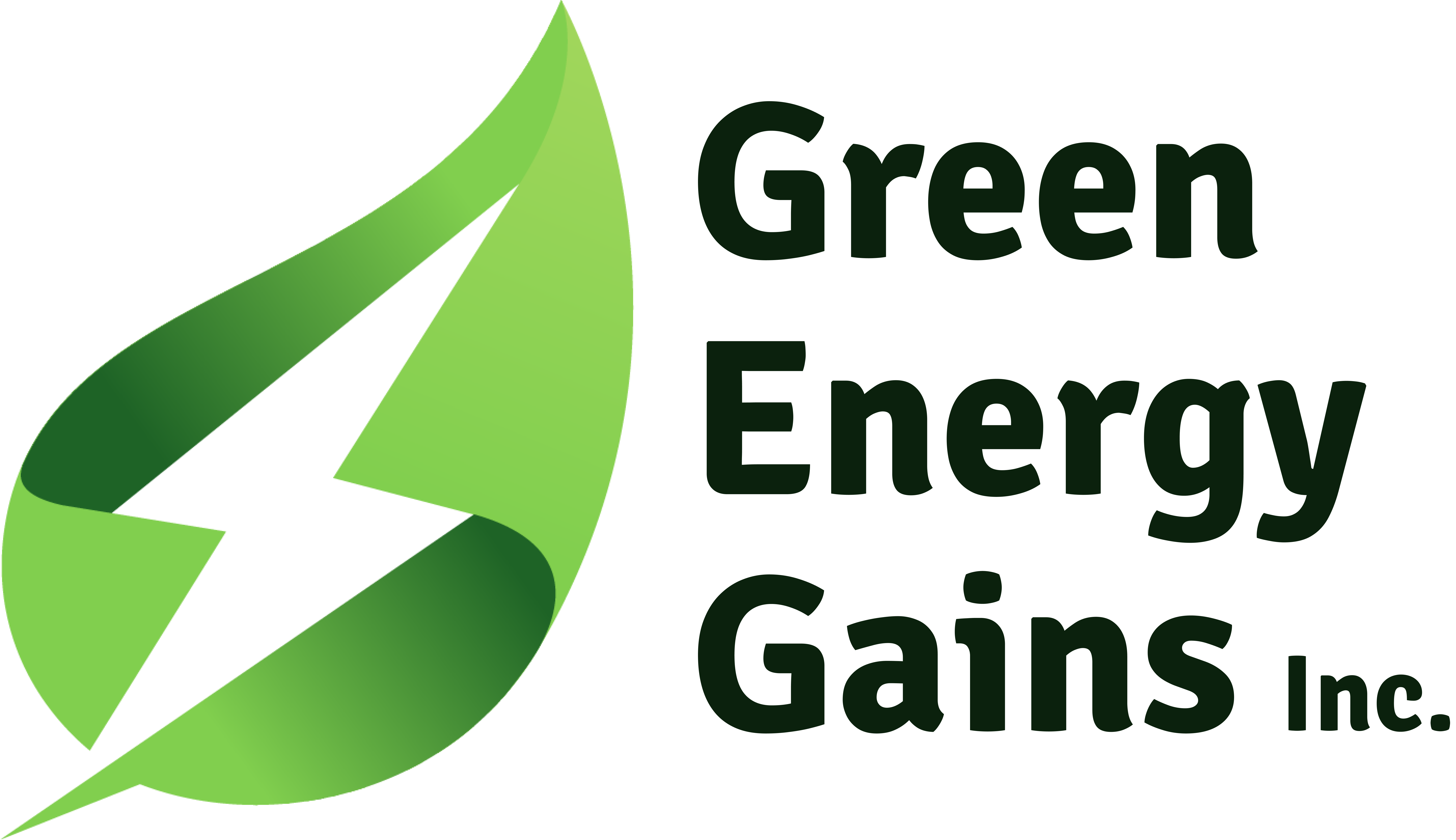Through the Mass Save Program, there is a current offer to replace existing single-pane windows with high-efficiency triple-pane windows, receiving access to the 7-year interest-free loan and a $75 rebate per window. Lots of homeowners are in a position to need to upgrade older existing windows, but where to prioritize this upgrade is a hot topic.
To start, let’s quickly define how windows are categorized and how efficiency is measured. Windows can be made up of a single pane of glass or multiple panes of glass put together. This is what defines a single-pane window vs a double or triple-pane window. Another characteristic is the Solar Heat Gain Coefficient. This is a measure of how much heat from the sunlight will pass through the glass. Low-E glass is a specific type of glass that you commonly see in windows. Low-E glass does a much better job of keeping unwanted heat out of a room during the summer than a single-pane clear glass window will. Arguably the most important factor in a new window will be the overall U-value. The U-value is measured in BTUs per square foot and is directly proportional to the efficiency of the window in terms of decreasing heat flow in/out of a home. A window with a very low U-value will be the best at preventing heat from entering during the summer and from escaping during the winter.
Air Leakage Reduction
Typically, air leakage reduction in windows is a secondary consideration when replacing windows. Obviously, if a window is broken, does not fully shut, or does not fully seal when locked, that’s a big red flag that most homeowners will notice quickly. Often poorly installed or low-quality double pane windows suffer these kinds of problems and do actually justify the replacement cost. The big debate is when you replace an older but relatively tight double-pane window with a more efficient upgrade. In cold climates, the U-factor is the most important criterion to consider when looking at replacements. When going from a single pane window with a typical U-value of 1.1 to a triple pane low-e window with a U-value of .12, that’s about 8x the efficiency gain. Replacing a standard double pane window with a typical U-value of .3 with the same triple pane window, however, only results in 2-3x the efficiency gain. You’ll find that unless your existing windows are single pane, you are almost always better off investing in other insulation upgrades such as walls, attics, and basements to yield a better return on investment. Upgrading old HVAC and heating equipment also will generally have a better return on investment than replacing double pane windows with triple pane.
I always tell my customers that when prioritizing cost-effective energy efficiency upgrades, focus on the insulation of the building, then heating and cooling, and then windows and doors. Unless your existing windows are single-pane, prioritizing insulation and mechanical upgrades tends to go further toward making your home more comfortable and efficient. Investing in window weather stripping to go around sashes can be a very cost-effective solution for a lot of existing double-pane windows during winter months.

